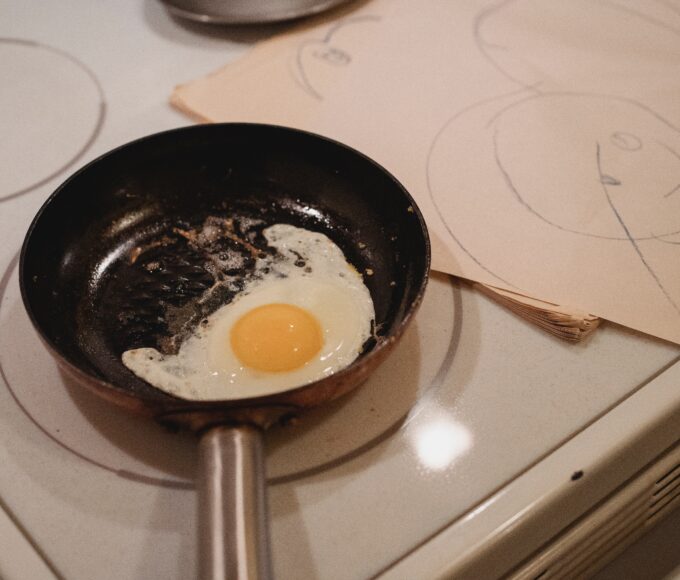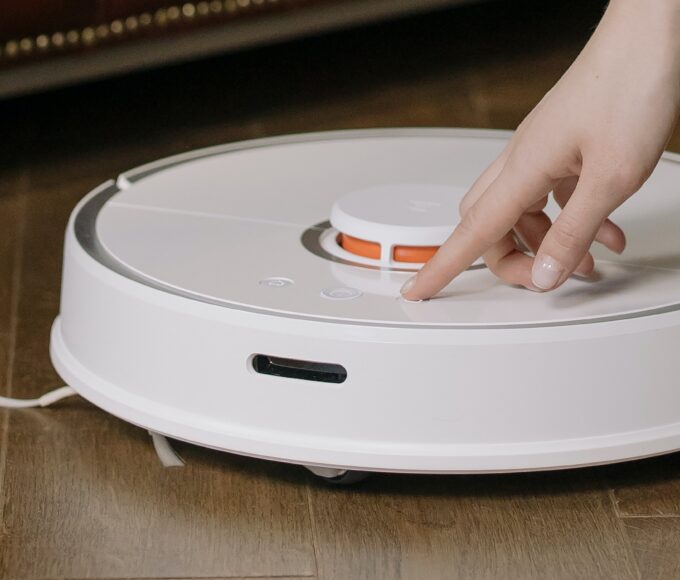What are the disadvantages of wood pellet stoves?

Are wood pellets or pellet stoves silent and economical? What are their disadvantages compared to the maintenance of a boiler or stove? The price of fuel is lower than logwood and remains much less polluting: which explains the success of the wood pellet stove.
What is the wood pellet?
The raw material is abundant and makes it possible to use, by recycling, the waste from the wood industry, because the wood pellets are generally made from unused sawdust and chips either directly from controlled and local forest resources very appropriate waste recovery method. Setting the temperature on a pellet stove is not as easy as on an electric heater or conventional boiler. To have the right level of comfort, you must choose a pellet stove with a pellet flow adjustment device, which varies depending on the temperature or operating hours you want.
Advantages of wood pellets or pellet
The wood pellet has a very low humidity rate, less than 10%, and Its combustion, heat production, yields (from 80 to 95% according to manufacturers’ data). They have cleaner energy than wood logs because of their more complete combustion. One of the advantages of this fuel, which is fractionated, burns entirely and allows advanced and programmable automation: a worm feeds the burner by drawing the pellets directly from a silo.
Wood pellets constitute energy whose operating time is programmable because, on pellet appliances, electronic controls make it possible to adjust the heating time as well as to program the set temperature. Wood pellets come from wood, which is inherently renewable energy. The raw material comes from sawdust and chips from sawmills. If the equipment used complies with strict environmental standards (EPA), the energy efficiency (80 to 85%) will be optimum, and combustion will be carried out ideally without fumes. The operation of a pellet stove does not cause odours or pollutants related to combustion fumes in the premises, unlike an inserted chimney or a stove whose primary pollutant is benzene.
Lastly, its combustion allows less frequent sweeping than with wood logs, and burning the pellets in a stove limits the ash and, therefore, its disposal. And the burning of the bullet emits little smoke, compare with an inserted chimney whose fumes are particularly annoying for the neighbours.
Disadvantages of wood pellet stoves
A pellet stove costs about twice as much as a conventional wood stove. The emission of smoke or odours when the furnace is ignited is a source of discomfort (also when using a new appliance: paint odours, hence the advantage of choosing a painted pellet appliance without petroleum solvents). The odour of the ashes is more or less intense according to the type of granules (coniferous or broad-leaved), and it cannot be heated with another fuel for stoves, the change for a boiler is possible, but expensive. Wood pellets made from wood waste until 2012 must now be produced from round wood, a practice that will only increase with the increasing demand for pellets and the lack of sawdust.
Recent Posts
Best Smart Light Switch For Google Home
6th May 2023Best No Hub Smart Bulbs For Alexa And Google Home
6th May 2023How to connect smart light to google home
6th May 2023Best 2 burner induction cooktop built-in
29th April 2023Related Articles
DIY workstation sink at home
Setting up a workstation sink at home can be a great addition...
ByOlaoluwa Johnson T.10th April 2023How To Use An Induction Cooking For Dummies
Have you been looking for the best ways to use induction cooking...
ByOlaoluwa Johnson T.10th April 2023How to choose the right vacuum cleaner for your home
How to choose the right vacuum cleaner for your home can sometimes...
ByOlaoluwa Johnson T.2nd April 2023Three things needed to prevent a fire from occurring in your home
As the world advances, so do the numerous challenges we face. A...
ByOlaoluwa Johnson T.12th March 2023









